Cruciferous vegetables are a diverse group of plants belonging to the Brassicaceae family, known for their slightly bitter flavor yet packed with many health benefits.
These vegetables are versatile in cooking and suitable for raw consumption, steaming, roasting, and stir-frying. They are also high in essential nutrients, phytonutrients, and glucosinolates, which have been studied for their potential cancer-fighting properties.
Overall, cruciferous vegetable varieties are valuable additions to a balanced diet. Choosing the right ways to cook them to retain flavor and nutrients is also important, which I’ll show you later.
Lastly, there are some circumstances that you need to consider before consuming this kind of veggie. So keep reading to see what they are!
Cruciferous vegetables are a diverse group of plants belonging to the Brassicaceae family, known for their slightly bitter flavor yet packed with many health benefits.
These vegetables are versatile in cooking and suitable for raw consumption, steaming, roasting, and stir-frying. They are also high in essential nutrients, phytonutrients, and glucosinolates, which have been studied for their potential cancer-fighting properties.
Overall, cruciferous vegetable varieties are valuable additions to a balanced diet. Choosing the right ways to cook them to retain flavor and nutrients is also important, which I’ll show you later.
Lastly, there are some circumstances that you need to consider before consuming this kind of veggie. So keep reading to see what they are!
18 Healthy Cruciferous Vegetables To Eat
Here is the list of 18 cruciferous vegetables you can add to your daily meal. Feel free to use the filters to make your reading easier.
Broccoli
- For Dishes
Broccoli is a standout member of the cruciferous vegetable family with a tree-like structure. These broccoli have a vibrant green color and tight florets, boasting a slightly bitter taste that becomes milder when cooked in stir-fries, soups, and casseroles.
In the kitchen, broccoli shines for its adaptability for steaming, roasting, or sautéing. In Asian cuisine, broccoli is often stir-fried with garlic and ginger, enhancing its flavor profile.
Cauliflower
- For Dishes
Cauliflower is a cruciferous vegetable with distinctive white, tightly-packed florets and mild, slightly nutty flavor. This nutrient-rich vegetable is native to the Mediterranean region and has become a staple in various global cuisines.
People favor cauliflower for its firm yet tender texture when cooked, making it ideal for roasting, steaming, and even as a low-carb substitute.
Additionally, cauliflower is a good source of dietary fiber, ideally used in soups, stews, salads, and stir-fries.
Cabbage
- For Dishes
- For Garnishes
Cabbage, a staple cruciferous vegetable, is a leafy green of various types, including green, red, and savoy. These vegetable heads are packed with essential nutrients and fiber, providing crunchy leaves and a mild, slightly peppery taste.
Cabbage’s low-calorie content and high antioxidant levels also contribute to a healthy diet and weight management. You can enjoy cabbage raw, fermented as sauerkraut or kimchi, or cooked in hearty dishes like stuffed cabbage rolls.
Brussels Sprout
- For Dishes
Brussels sprouts are a cruciferous vegetable native to the Mediterranean and closely related to cabbage.
These small, green, leafy buds grow in clusters along a stalk, boasting a slightly bitter taste and firm texture, which softens and sweetens when roasted or sautéed.
They are versatile, enhancing various dishes from savory stir-fries to hearty stews. Available in fall and winter, Brussels sprouts are a staple in many cuisines at peak flavor.
Bok Choy
- For Dishes
Bok choy is a leafy staple in the world of cruciferous greens, coming from China, providing a crisp texture and mild flavor. This versatile veggie can be steamed, stir-fried, or added to soups.
With its distinctive white stalks and dark green leaves, bok choy is fit for a balanced diet centered around cruciferous vegetables. Furthermore, people even use younger bok choy to enjoy a much softer texture when cooked.
Kale
- For Dishes
- For Garnishes
Kale is a cruciferous veggie of deep green, curly leaves and veins in the leaf. Usually, kale is slightly bitter and earthy, accompanied by a soft profile when cooked.
Kale’s high fiber content aids digestion, while its low-calorie count makes it ideal for weight management. Aside from cooking, kale is also added to smoothies to provide more nutrients.
This hardy vegetable is also known for its resilience, thriving in cooler climates and often harvested throughout the fall and winter.
Rocket
- For Dishes
- For Garnishes
Rocket, also known as arugula, is a peppery, leafy green belonging to the cruciferous vegetable family. Native to the Mediterranean, arugula has a slightly bitter, spicy taste, perfect for adding a fresh, zesty note to salads, sandwiches, and pestos.
The tender leaves can be enjoyed fresh or slightly wilted, enhancing the taste and nutritional profile of any meal. To add to that, rocket’s fast-growing nature makes it a popular choice for home gardens and culinary use year-round.
Collard Green
- For Dishes
Collard green is a highly valued cruciferous veggie with a robust flavor and high nutritional content. Native to the Mediterranean region, these large, dark green leaves come with a slightly bitter taste that disappears when cooked.
They are often used in Southern cuisine, traditionally simmered with smoked meats. Their ability to thrive in cooler temperatures makes them a reliable crop for fall and winter harvests.
Turnip
- For Dishes
Turnip is a notable member of the cruciferous vegetable, with round and white roots. This spicy vegetable offers a slightly sweet and peppery flavor packed with vitamin C, fiber, and antioxidants.
They can be roasted, mashed, or added to stews to provide a touch of sweetness. With its ability to thrive in cooler climates, turnip serves as a staple in winter diets.
Daikon Radish
- For Dishes
Radishes, a key member of the cruciferous vegetable family, are small root vegetables known for their crisp texture and peppery flavor.
Available in various colors, including red, white, and purple, radishes are often enjoyed raw in salads, adding a refreshing crunch or pickled to enhance their tangy taste. Additionally, radishes can be roasted or sautéed for a milder flavor.
Watercress
- For Dishes
Watercress is a leafy green of cruciferous vegetables, known for its peppery flavor and high nutrient content. This aquatic plant thrives in clean, running water and boasts small, rounded leaves with a slightly bitter taste.
Often used in salads, soups, and sandwiches, it adds a fresh, spicy kick and enhances the overall flavor profile of dishes.
Kohlrabi
- For Dishes
Kohlrabi is a cruciferous vegetable with a bulbous stem and edible leaves. The veggie boasts a mildly sweet, slightly peppery taste, making it a unique addition to various dishes from salads to stir-fries.
The bulb can be roasted, steamed, or mashed, while the leaves can be sautéed like spinach. This vegetable thrives in cooler climates and is easy to grow, making it a popular choice for gardeners.
Mustard Green
- For Dishes
Mustard green is a leafy green of cruciferous with a peppery flavor and a slightly crunchy texture. These leafy greens are often used in Southern and Asian cuisines, they can be sautéed, steamed, or added to soups and stews.
The leaves have a tender texture when cooked, and their bold flavor can enhance numerous dishes. When fresh, mustard greens make for an ideal addition to salads, adding a spicy kick.
Wasabi
- For Dishes
Wasabi is a pungent green cruciferous root known for its sharp, fiery flavor, often used as a condiment in Japanese cuisine. It is commonly paired with sushi and sashimi, adding a spicy kick that complements the fresh fish.
The root is typically grated into a paste, which releases its intense heat and distinctive aroma. Wasabi contains compounds called isothiocyanates, which have antimicrobial and potential anti-inflammatory properties.
True wasabi root is challenging to cultivate, requiring specific conditions, which makes it a prized and often costly ingredient.
Rutabaga
- For Dishes
Rutabaga is a nutrient-rich cruciferous vegetable known for its round shape and yellowish flesh. Its flavor is a delightful blend of sweet and earthy, perfect for making hearty stews or roasted vegetable medleys.
They thrive in cooler climates and are typically harvested in the fall and winter. Plus, the rutabaga leaves are edible, offering a slightly peppery taste similar to mustard greens.
Mizuna
- For Dishes
- For Garnishes
Mizuna, a staple in Japanese cuisine, is a leafy green vegetable, known for its mildly peppery flavor. This versatile green, often called Japanese mustard greens, has feathery, serrated leaves, often used in salads, stir-fries, and soups.
Mizuna is prized for its tender leaves, which add a subtle yet distinct taste to various dishes. Additionally, mizuna thrives in cooler climates and grows quickly.
Tatsoi
- For Dishes
Tatsoi is recognized for its spoon-shaped, dark green leaves and crisp texture. Coming from the cruciferous family, the veggie is often called “spinach mustard,” with a mild, slightly sweet flavor,
It can be eaten raw in salads or lightly cooked in stir-fries, soups, and stews, bringing a tender and flavorful element to any cuisine. Usually, tatsoi grows well in cooler climates and is hardy enough to withstand frost, making it a favorite for many.
Broccolini
- For Dishes
Broccolini is a hybrid cruciferous vegetable combining broccoli and Chinese kale with tender stems and small, delicate florets. With a sweet, mild flavor and a hint of peppery spice, broccolini is a versatile ingredient in various dishes.
Depending on your preferences, the vegetable can be steamed, roasted, sautéed, or grilled. This vegetable is appreciated for its quick cooking time and the fact that both its stems and florets are entirely edible.
How to Cook Cruciferous Vegetables Properly?
Below are 5 easy and ideal cooking techniques to prepare cruciferous veggies, together with some tips and suggestions for dish recipes to inspire your cooking creation.
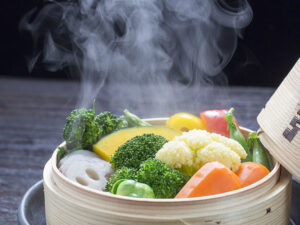
Steaming
Steaming helps retain the vegetables’ nutrients and color. Place vegetables like broccoli, cauliflower, or Brussels sprouts in a steamer basket over boiling water for 5-7 minutes until tender but still crisp.
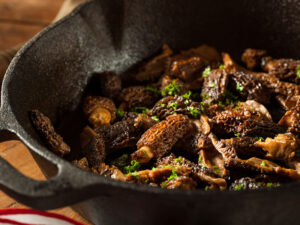
Sautéing
Sautéing brings out the natural flavors of these vegetables. Heat a small amount of oil in a pan, add chopped vegetables like kale or cabbage, and cook over medium heat for about 5-8 minutes until slightly softening.

Roasting
Roasting gives them a rich, caramelized taste. Preheat the oven to 400°F (200°C), toss vegetables such as Brussels sprouts, cauliflower, or broccoli with olive oil, salt, and pepper, and roast for 20-25 minutes until crispy and browned.

Blanching
Blanching is a quick method that preserves the color and texture of vegetables. Boil a pot of water, add vegetables like broccoli or kale for 2-3 minutes, then transfer them to an ice bath to stop cooking.
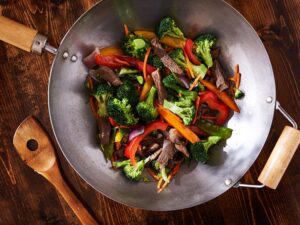
Stir-Frying
Stir-frying is ideal for maintaining the crispness of vegetables. Heat oil in a wok, add vegetables like bok choy or tatsoi (and/or seasonings), and stir-fry on high heat for 3-5 minutes.
These methods ensure you get the best out of these natural foods, making them delicious and healthy additions to your meals.
What Should Be Considered in Eating Cruciferous Vegetables?
While cruciferous vegetables offer numerous health benefits, certain individuals should exercise caution or avoid them in specific cases, such as:
Ready to improve your diet with these cruciferous gems? Try some recipes and share your favorites in the comments! Don’t forget to explore other vegetables on the website for more cooking inspiration. Thank you!


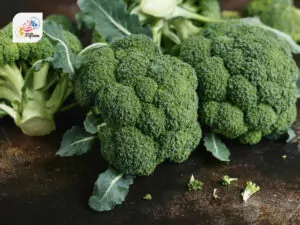
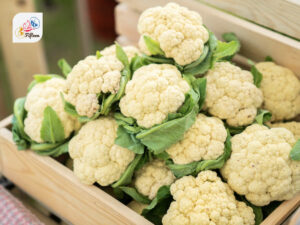
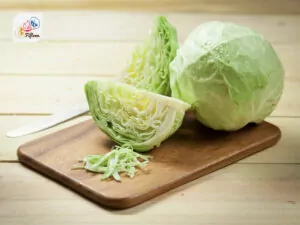
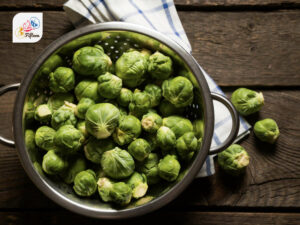
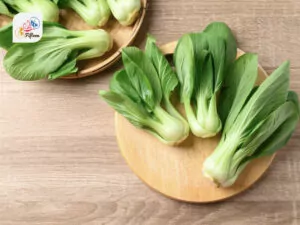
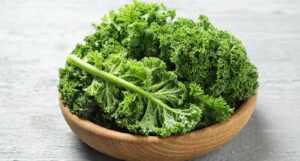
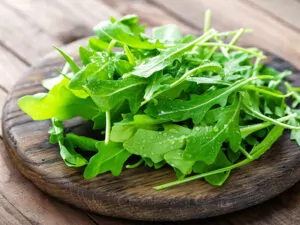
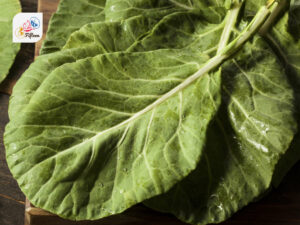
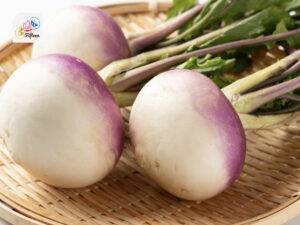
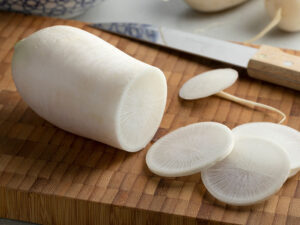
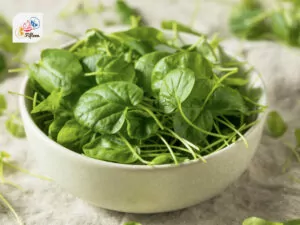
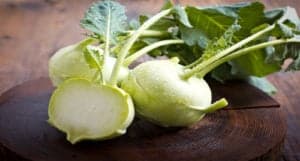
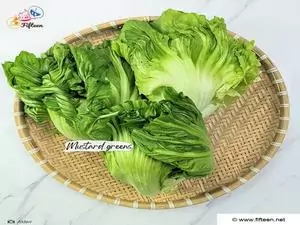

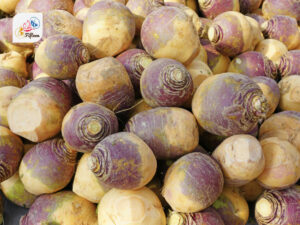
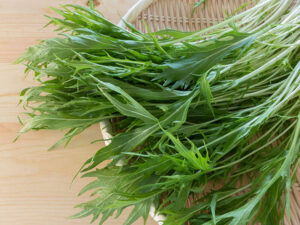
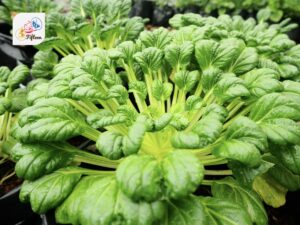
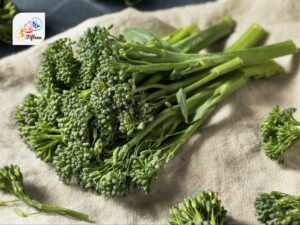
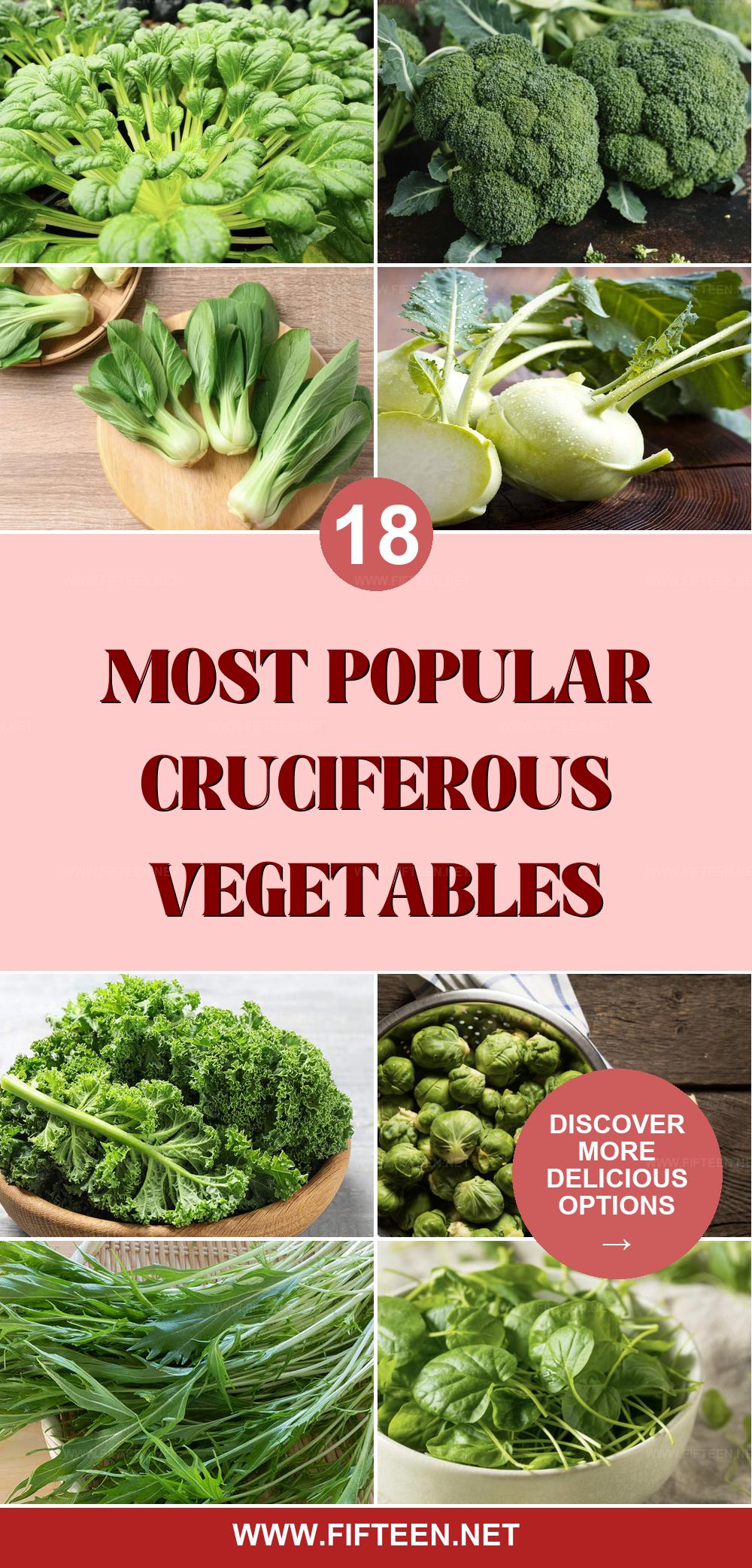
Jamie Scott
Editor in Chief, Senior Content Writer
Expertise
Home Cooking, Meal Planning, Recipe Development, Baking and Pastry, Food Editor, Cooking-video Maker, Western Food Evaluation Expert
Education
Le Cordon Bleu College of Culinary Arts
Local Community College, New York, NY
Jamie Scott is a skilled culinary expert and content creator specializing in Western cuisine. With over 15 years in the culinary field and formal training from Le Cordon Bleu, Paris, Jamie deeply understands how to blend nutrition with delicious flavors. His passion for cooking matches his commitment to making healthy eating accessible and enjoyable.
On Fifteen.net, Jamie brings a fresh perspective to classic dishes and beverages, offering readers insightful recipes, cooking tips, and a fresh view on meal planning that emphasizes taste, health, and simplicity.